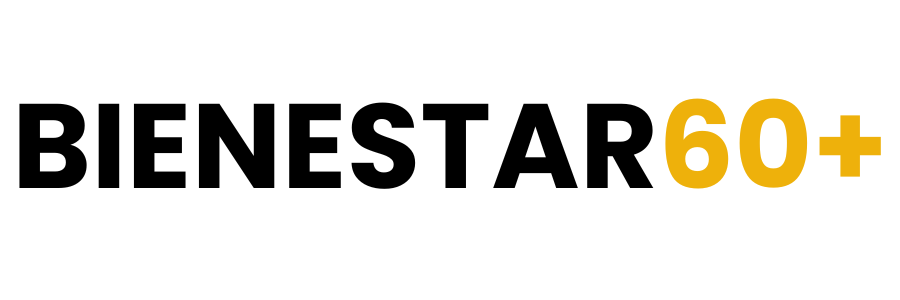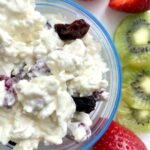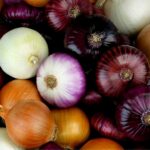|
Getting your Trinity Audio player ready...
|
The term kosher comes from a Hebrew word meaning “to fit into.” If the food is not appropriate or “does not fit” according to Jewish laws, it is considered a treifa or not suitable for consumption. Kosher is not a style of cooking, nor is it a diet. The rules are the basis of kosher food. Although, a Rabbi does not bless a kosher food, a Mashgiach or supervisor, ensures that the food is handled and prepared according to Jewish laws.
Certification
Kosher certification guarantees that the food meets kosher requirements. The certification process requires third-party approval, where an inspector makes periodic and unannounced visits. The inspector will verify if kosher ingredients and equipment are used, if the corresponding hygienic practices are followed, that there has been no cross contamination between dairy and meat products, among other quality standards. The Orthodox Union es una de las organizaciones judías principales en los Estados Unidos y tiene la agencia de certificación kosher más grande del mundo. Dicha agencia certifica más de un millón de productos en todo el mundo, cuyo símbolo Ⓤ (una U encerrada en un círculo), se encuentra en las etiquetas de alimentos kosher.
Kosher Guides
In kosher guides, foods are divided into three categories: meat, dairy, and neutral (pareve). Meat includes beef, lamb, venison, chicken, turkey and duck. Dairy products include milk, cheese and yogurt. Neutrals are fruits, vegetables, eggs, cereals, nuts, seeds and fish. Neutral foods can be consumed alone or with meat or dairy. However, meat and dairy can never be consumed together. As part of these guidelines there is a waiting period between eating meat or a snack with dairy and one that includes meat (and vice versa). The time between consuming meat and dairy varies from 3 to 6 hours, depending on individual beliefs. Sometimes the time period between consuming dairy and then meat is as short as 15 to 30 minutes.
For an animal to be considered kosher, it must have cloven hooves and be a ruminant (both characteristics together). Animals not allowed are pigs, birds of prey (e.g. hawk, vulture, eagle), reptiles, rodents, amphibians and insects. Jewish law establishes the humane way of killing an animal, carried out only by a Shochet or individual certified for this purpose. Even if the animal is kosher, not all of its parts are consumed. For example, filet mignon is not kosher since it is located near the sciatic nerve and may contain blood.
A kosher fish must have fins and scales. The scales have to be permanently present during each stage of the fish's life. Kosher fish include tuna, mahi mahi, salmon and carp. Those not allowed are crustaceans (e.g. lobster, shrimp, crab) and marine mammals such as whales and walruses.
Kosher guidelines also consider the following:
- As wine is used in religious rituals, any food derived from grapes (jelly, candy, jams, wine) has to be evaluated by a Mashgiach to certify it as kosher.
- Kosher cheeses do not contain rennet, an enzyme typically derived from non-kosher animals that is used to harden cheese.
- Crockery, cauldrons, pots, pans and utensils for dairy and meat should be washed and stored separately. Also, dishwashers, sinks, refrigerators and freezers are used, some for meat and others for dairy products. If meat and dairy equipment or utensils come into contact with each other, that food can no longer be considered kosher.
- Not all kosher foods will be certified and labeled. For example, fruits and vegetables are kosher but do not need certification.
Kosher is not a diet
The goal of eating kosher foods is to comply with Jewish law, not necessarily to eat the healthiest and most nutritious foods. However, kosher guidelines eliminate some unhealthy foods, such as cheese burritos or meat lasagna, since these guidelines do not allow meat and dairy to be consumed together. This potentially reduces the amount of high-fat foods consumed that raise cholesterol. As long as they are not consumed separately. Eating kosher foods can be helpful for people with food sensitivities, such as those who are lactose intolerant, as they can look for a kosher symbol and the word pareve on the label to know that the product does not contain dairy or meat.










